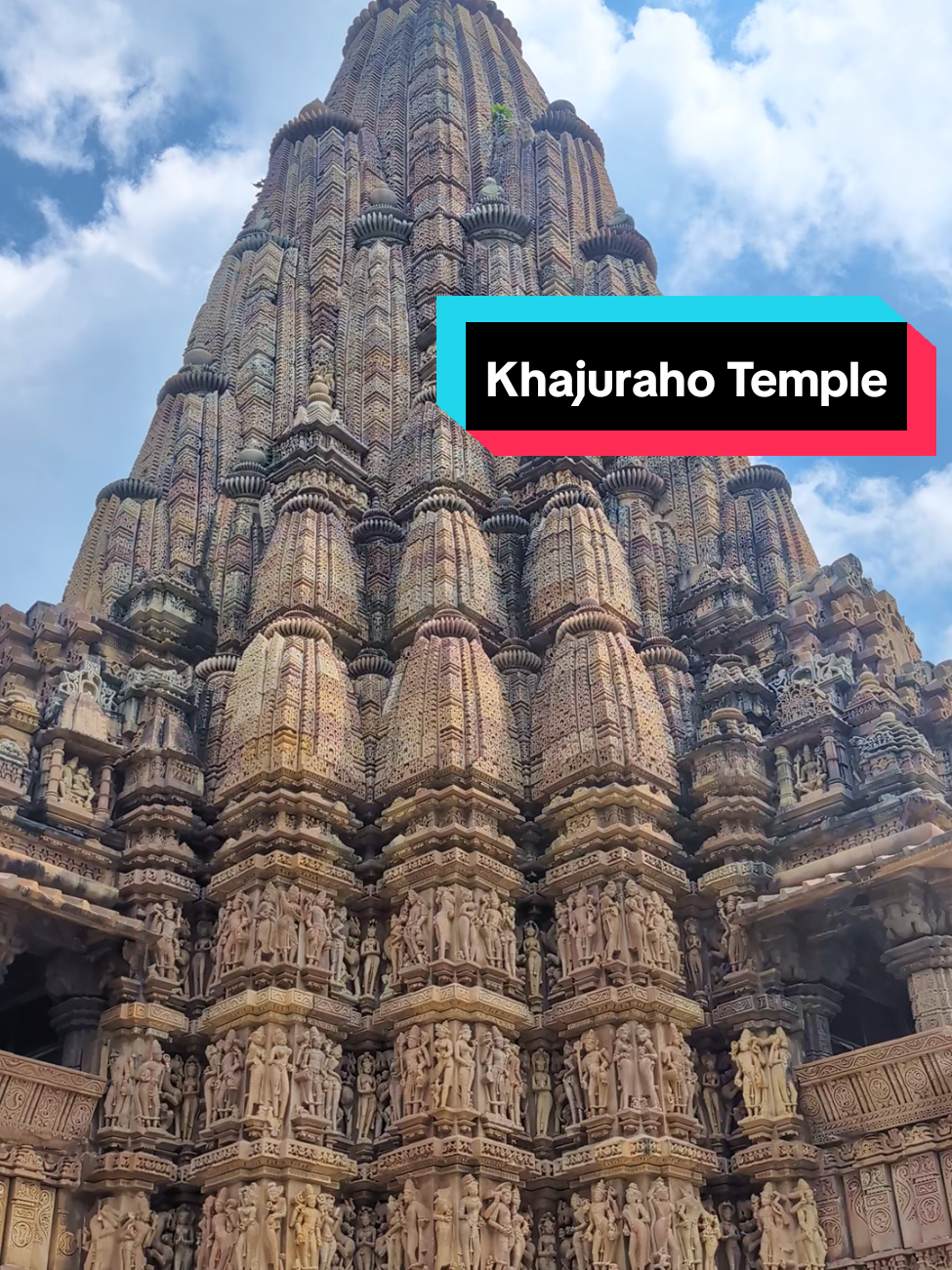Hoa Trải Nghiệm
Region: VN
Saturday 25 June 2022 01:48:01 GMT
50627
403
5
21
Music
Download
Comments
X :
@thaiphungthanhphuong
2022-07-06 13:58:53
1
Nghiện Phòng Ngủ :
😳😳😳😳😳
2022-06-25 14:29:41
0
Phụ Kiện Điện Thoại :
👍
2022-06-25 06:21:23
0
Hoa Đỗ Trải Nghiệm :
@nghienxemdecor
2022-06-25 06:18:41
0
Chị Em Tui Trải Nghiệm :
@macphonggiao 😅😅😅😅😅
2022-06-25 06:19:36
0
To see more videos from user @hoatrainghiem2025, please go to the Tikwm
homepage.





